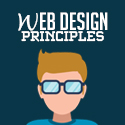There are several things that determine how the web design will be seen on a website. These things include the form and appearance, function of the website, as well as the information presented in it. Every designer has to know how to combine these things to create a quality website. By failing any of them, the website is doomed to perform poorly and have bad ranking in search engines. ![]()
It sounds like a challenge, and it really is. Every design has its own characteristics and requirements, and it is the job of the designer to determine how to fit the elements in the best possible way.
That’s what we’re here to help you do. Below you’ll find the ten essential web design principles you should know to excel in this field.
1. Website Purpose
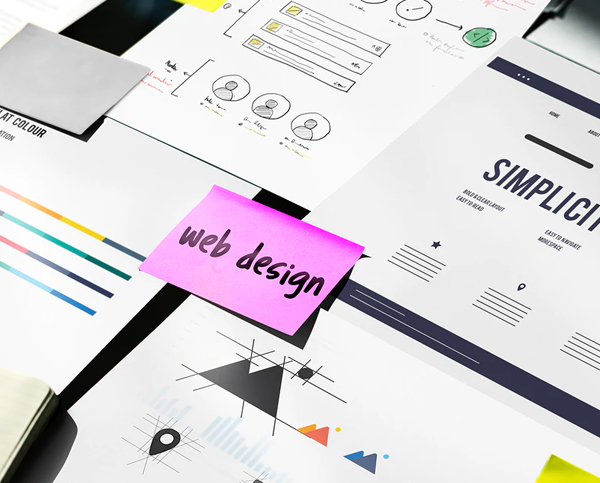
Without a clear purpose, everything designer website holds if worthless. Your website design should clearly tell the visitors what your website is about. This means that you should look for design that fits the audience, caters to their needs, and provides them with the information they need in the way they need it.
2. Fonts for Web
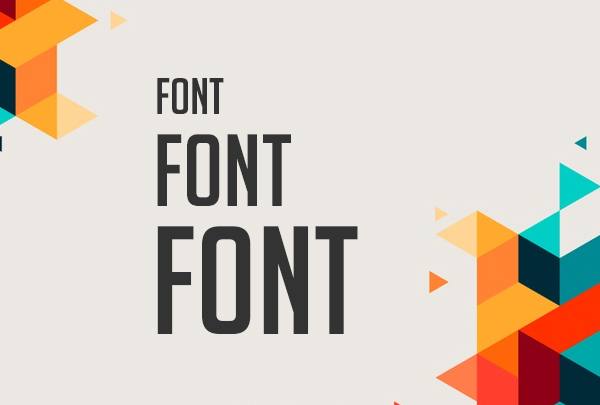
The font used on a website can say a lot about it. Depending on what kind of website you’re creating, you can use the font to impress, explain, and fit the content into your website’s purpose.
Whatever you choose, remember to always find font that’s easy to read.
3. Website Message

A visitor must be able to communicate with the website. As you know, design cannot exist without content. This is why you should use essay writer service to create the right message to present with the help of your design.
4. Images with Content

One picture can tell a thousand words. Content is important, but images also know to share an important message. They are memorable, interesting to the eye, and enrich your content. So, in addition to reducing your content mistakes to the minimum, you should reduce your content too in places where it’s possible to use an image instead.
5. Smart Navigation

People don’t like to work hard to find information online. It’s no wonder. With so many websites, they don’t have to spend hours trying to find their way around your pages. That’s why you must make navigation easy for them – to avoid losing them over the simplest links and menu options.
6. Color Theory
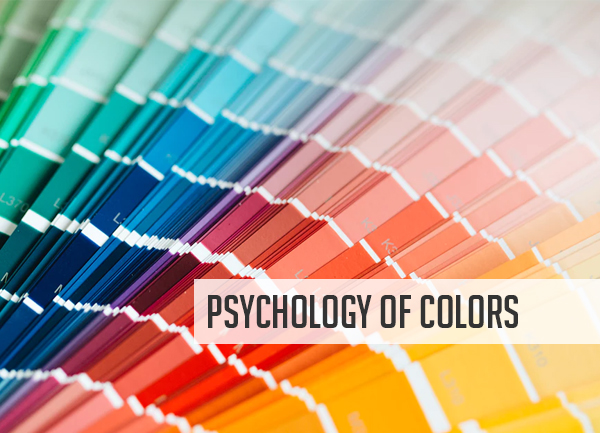
Colors have an extremely strong power in terms of user experience and design. Some will create harmony, others will make the content easier on the eye. The more vibrant colors create a strong emotion and the use of one can have a different effect on people compared to the use of another.
Study the psychology of colors and their effects to find the best one for your website.
7. F-Pattern
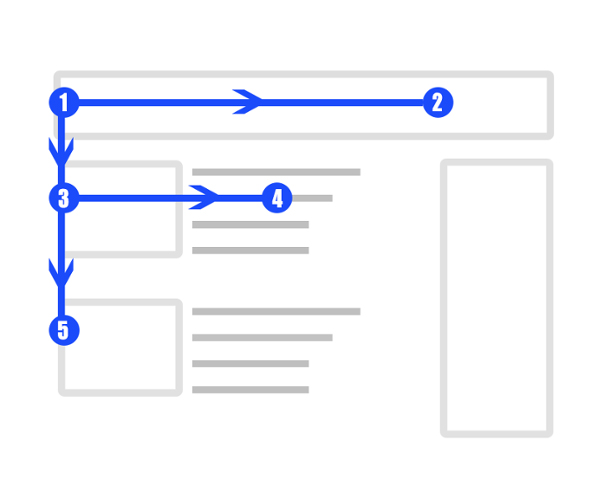
People use the F-pattern to scan their computer or phone screen. They will look at the left and top of their screen and hardly focus on the right. So, to fit this visual flow of theirs, use the F-pattern to display the most important information.
8. Grid-based Layouts
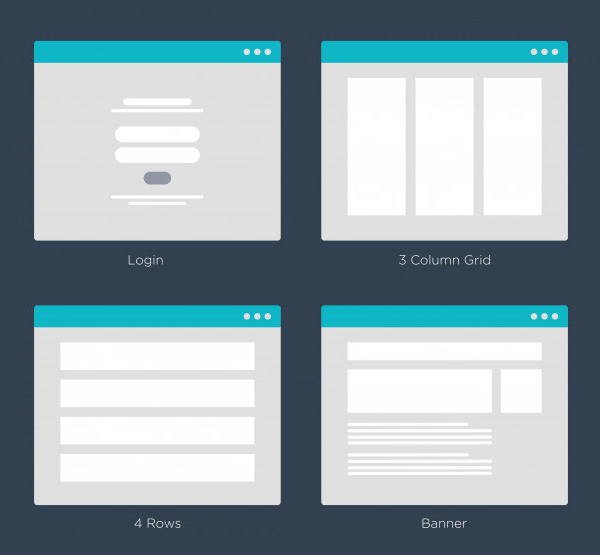
You can’t just go placing random content on the website. The result will be messy and annoying. Use grid-based layouts to arrange and organize the content in boxes, columns, and sections and give the website a sleek and balanced look.
9. Mobile Version
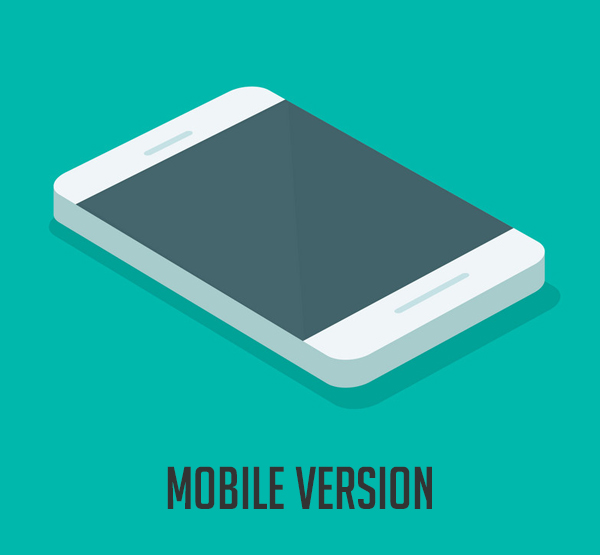
It is now popular and convenient to use mobiles to search for things online. The numbers of mobile use are only increasing and mobile versions are now more frequently used than the desktop ones. This is why you can’t afford to publish a website that isn’t mobile-friendly.
10. Loading Times
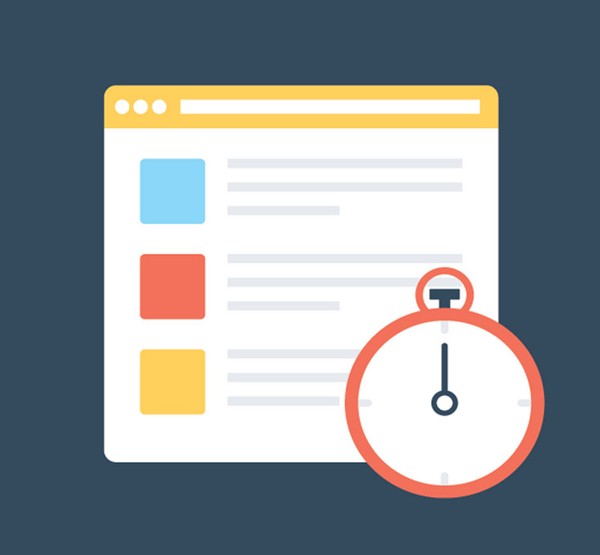
Most visitors will live your website seconds after opening it if it doesn’t load fast. They don’t have the time or patience to wait. So, do your best to make the website load faster.
Final Thoughts
Have you gone through all the principles in this list when creating your website design? If you’ve missed even one, your design will fail you in some way. These are the most important elements that determine the success of your website and you should take care of each of them on a continuous basis.
